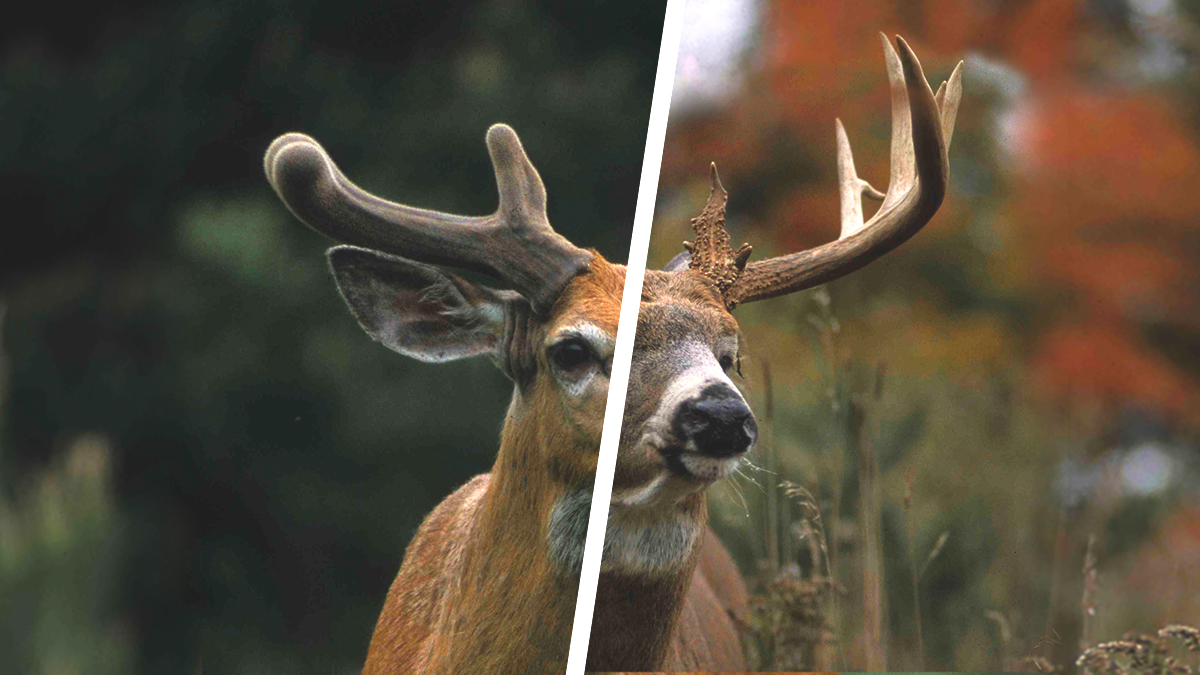Since the dawn of creation, man has been fascinated by deer antlers. They are the fastest growing bone material known to man, and over a course of 120 days from late March through early August, a mature buck can grow in excess of 200 inches of bone on his head.
Many believe that having great summer growing conditions is the key to optimum antler growth. Though extremely important, there is far more to the antler growing equation than having a great growing season. For a buck to truly reach his potential he must be healthy and have great food sources year round. If either of these factors is lacking he will not reach his potential.
Antler growth is nothing more than an extension of the animal’s body condition. If a buck’s body is not healthy and well maintained with the proper nutrition, maximum antler growth is not possible. As a result, it is important that good nutrition be available to bucks every month of the year.
The following pictorial is from Charles Alsheimer’s book, Whitetails: A Photographic Journey Through the Seasons. This is a documentation of one mature buck’s antler growth process from start to finish, one of the many whitetail topics covered within the book.
White Tailed Deer Antlers: Witness The Amazing Growth
April
From the time antlers begin growing in late March through the end of April, growth is minimal. The primary reason for this is that the amount of daylight is much less than what it will be in June. Secondly, most bucks are still stressed from the long winter so their overall body is in recovery mode. Another reason antler growth is slow in coming during April is the lack of quality food because spring green-up doesn’t normally come to the northern states until mid to late April. By the end of April brow tines on a fully mature buck should be easy to spot as well as 1-2 inches of additional antler beam.
April 1 ⇓
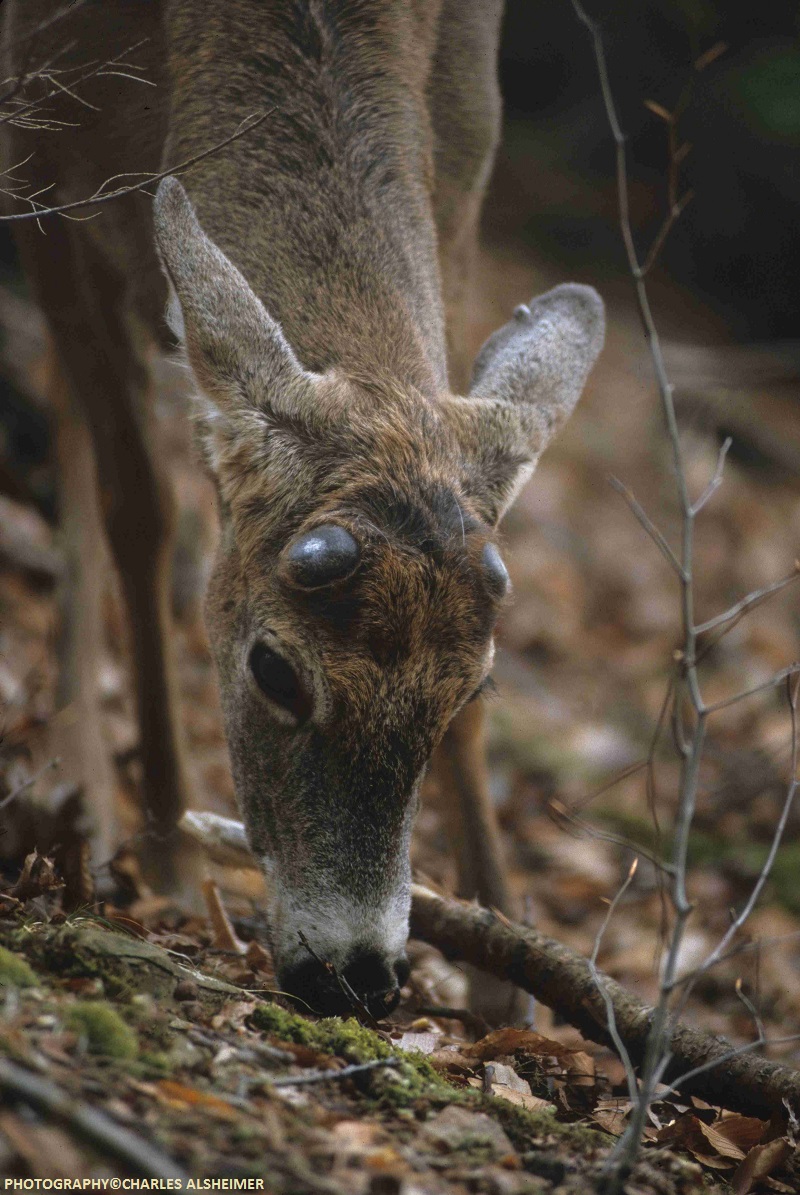
April 15 ⇓

May
In most whitetail locales May bursts onto the scene with an abundance of high octane food, both natural and man-created. All natural food and forage preferred by whitetails are high in protein and other essential nutrients throughout May. This allows a whitetail’s overall body condition to improve from the stress of winter, setting the stage for rapid antler growth. By the time May draws to a close the G-2 points (2nd point on a typical rack) should be noticeable. In addition the antler beams should now be about ½ of what their length will be when the rack’s growth is complete.
May 1 ⇓

May 15 ⇓
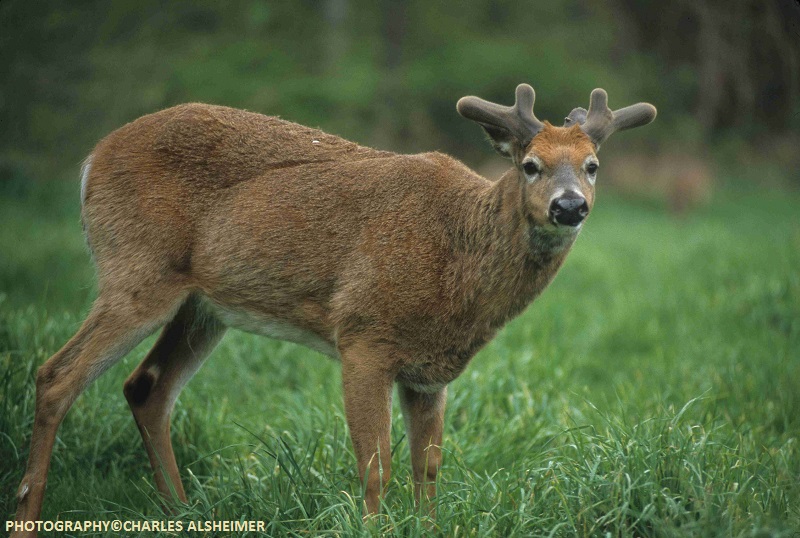
June
“Summer time and the living is easy,” is about the best way to describe what June is all about for whitetails. If rainfall is normal, nutritious food will be lush and readily available. This coupled with the longest amount of daylight of the year, provides the hormonal support that allows antler growth to accelerate. By the time June draws to a close, nearly all the primary points on a rack will have started to grow.
June 1 ⇓
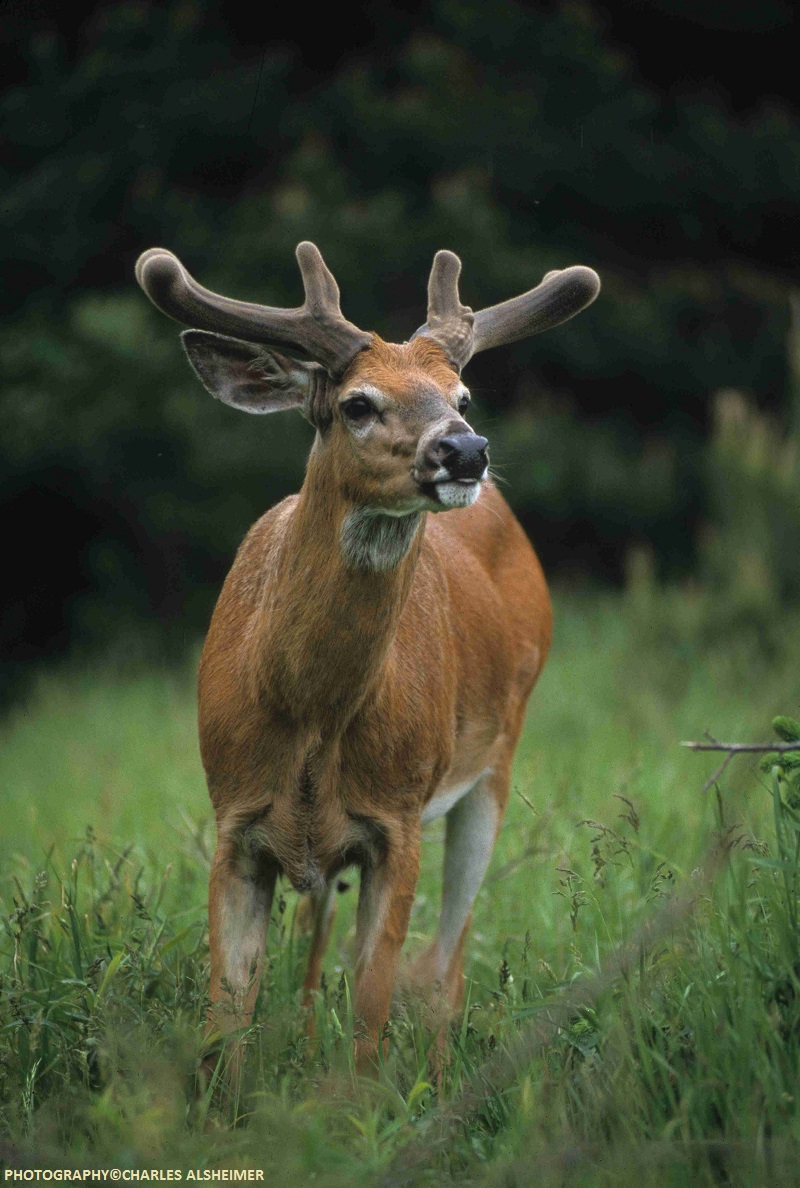
June 15 ⇓
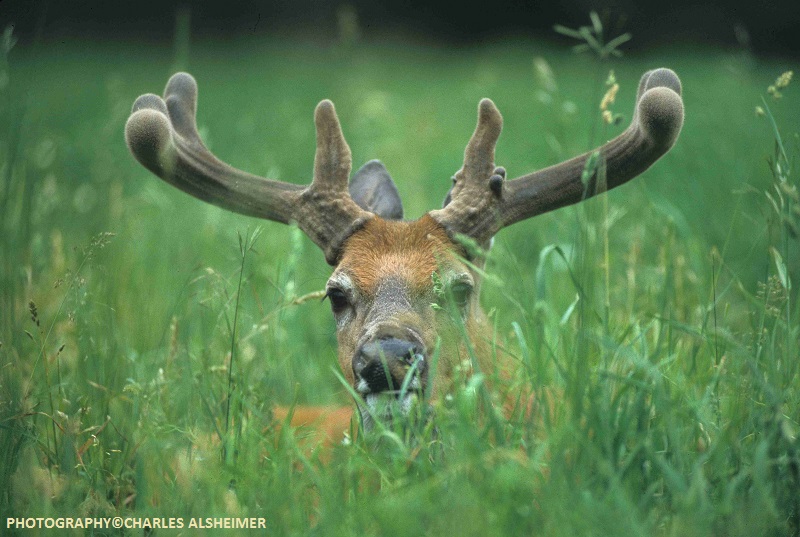
July
The month begins with a buck’s antlers being very bulbous. As the month progresses, the antler’s beams and points will finish growing. By July 20th a mature buck’s antlers should look massive. Having adequate rainfall is key to insuring that optimum antler growth continues during the month because if drought conditions take place the nutrition level of the food decreases, which has a tendency to cause a drop in antler growth. By the time July ends most bucks’ antlers are fully formed, ushering in the antler hardening process to begin.
July 1 ⇓
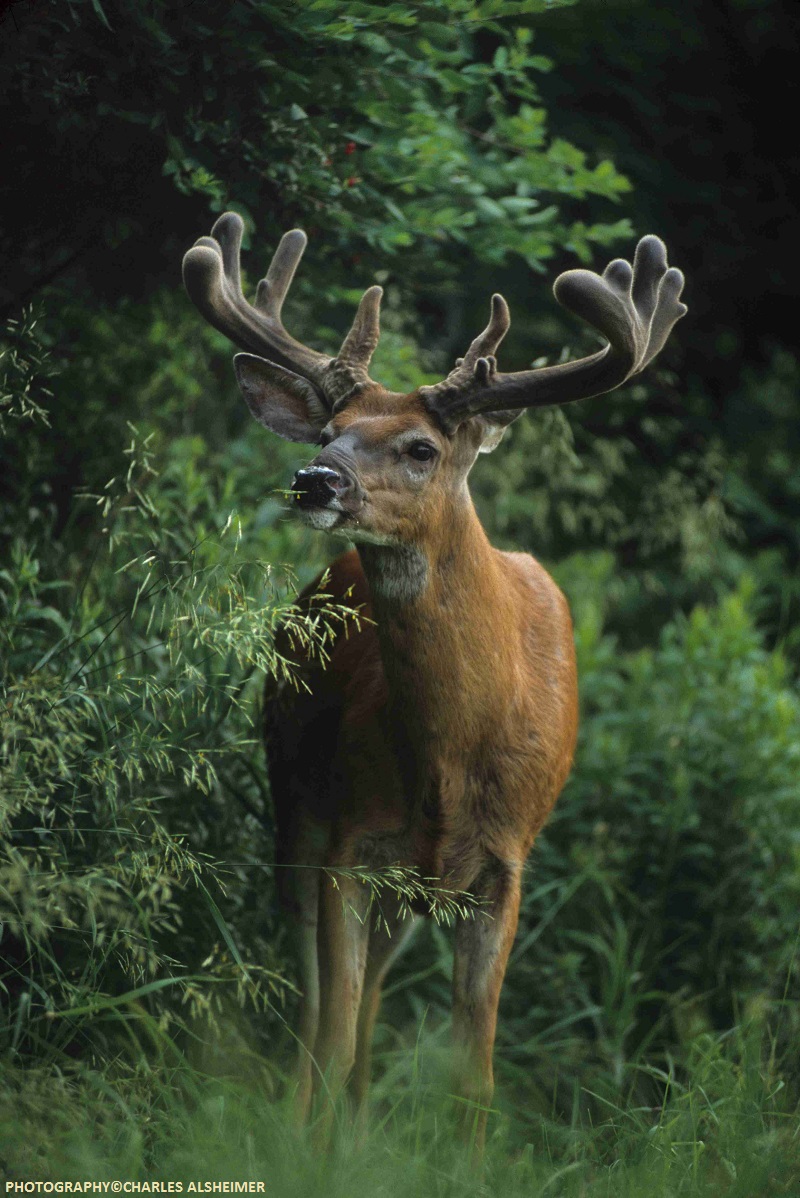
July 15 ⇓
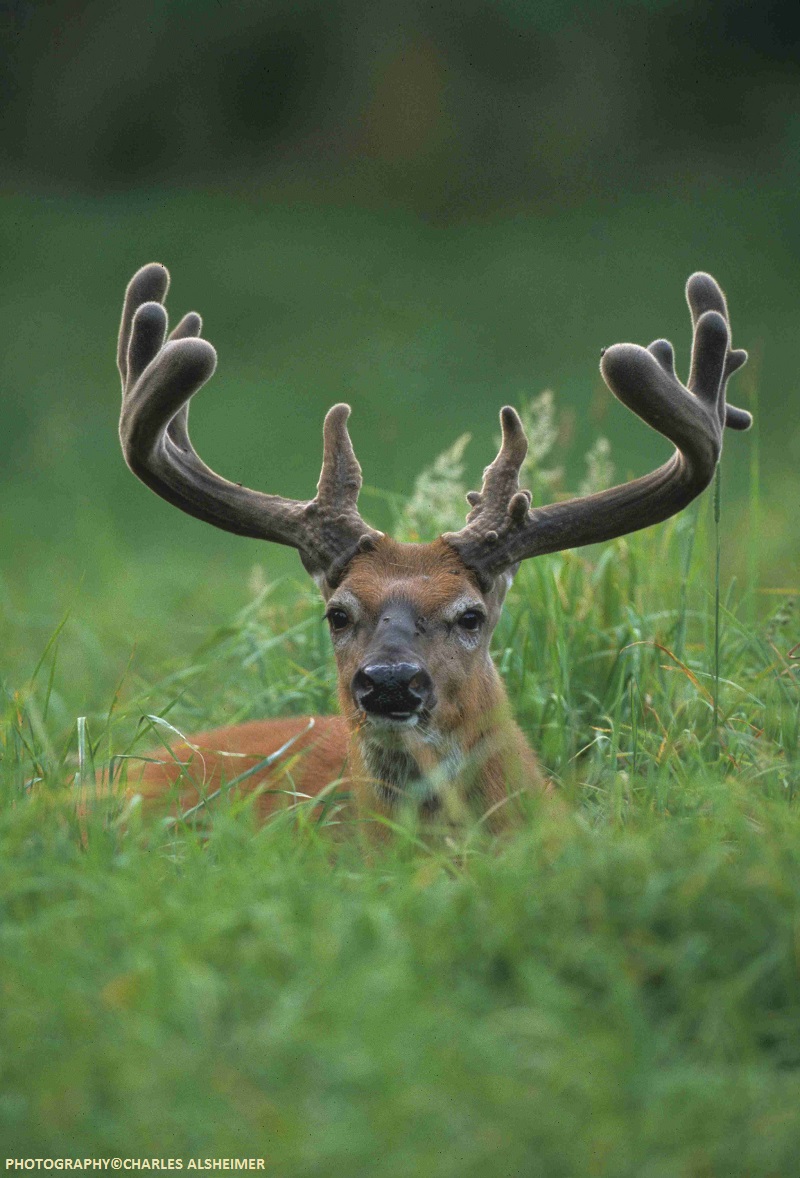
August
Most northern bucks will have completed their antler growth by the 10th of August, at which time the blood flow to the antlers diminishes. For the next 20-25 days the antlers will harden. During this time the overall size of the antlers actually appears to decrease because the velvet covering the antlers shrinks as the blood flow slows. Sometime in late August through mid-September most bucks will peel the velvet from their antlers.
August 1 ⇓
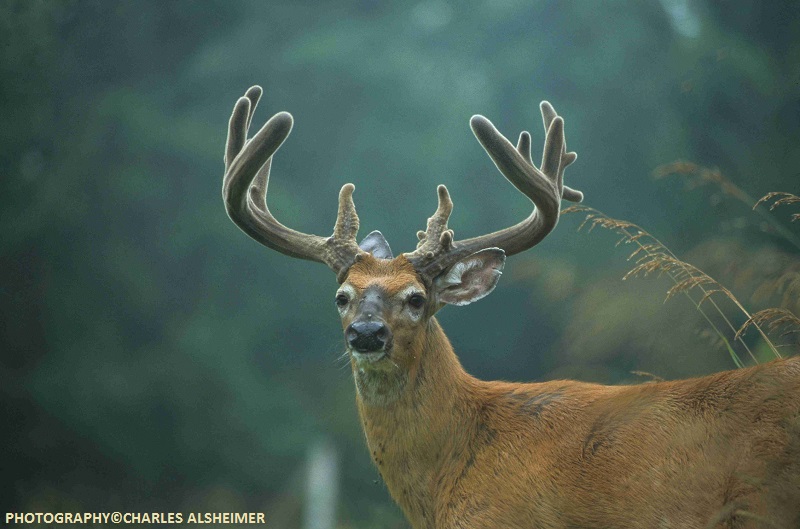
August 15 ⇓
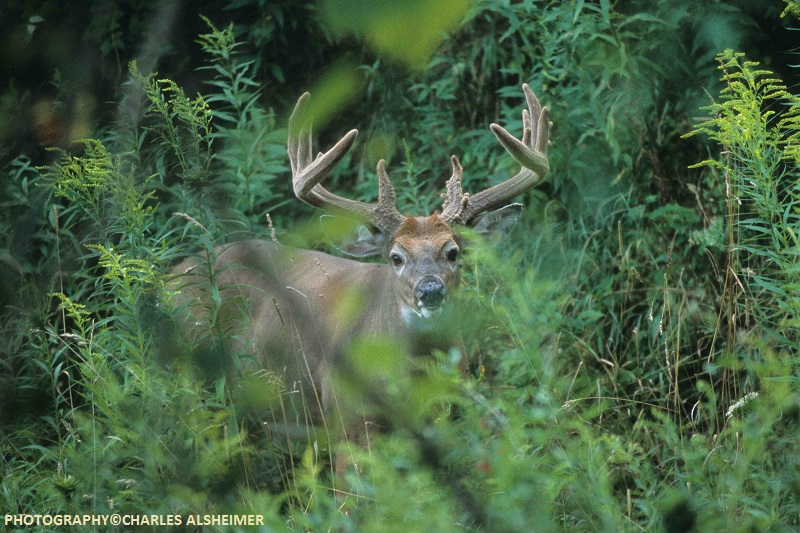
After Velvet was Shed
This buck had a gross B&C score of 154 inches. Velvet makes a buck’s antlers appear much larger than they actually are.
October ⇓
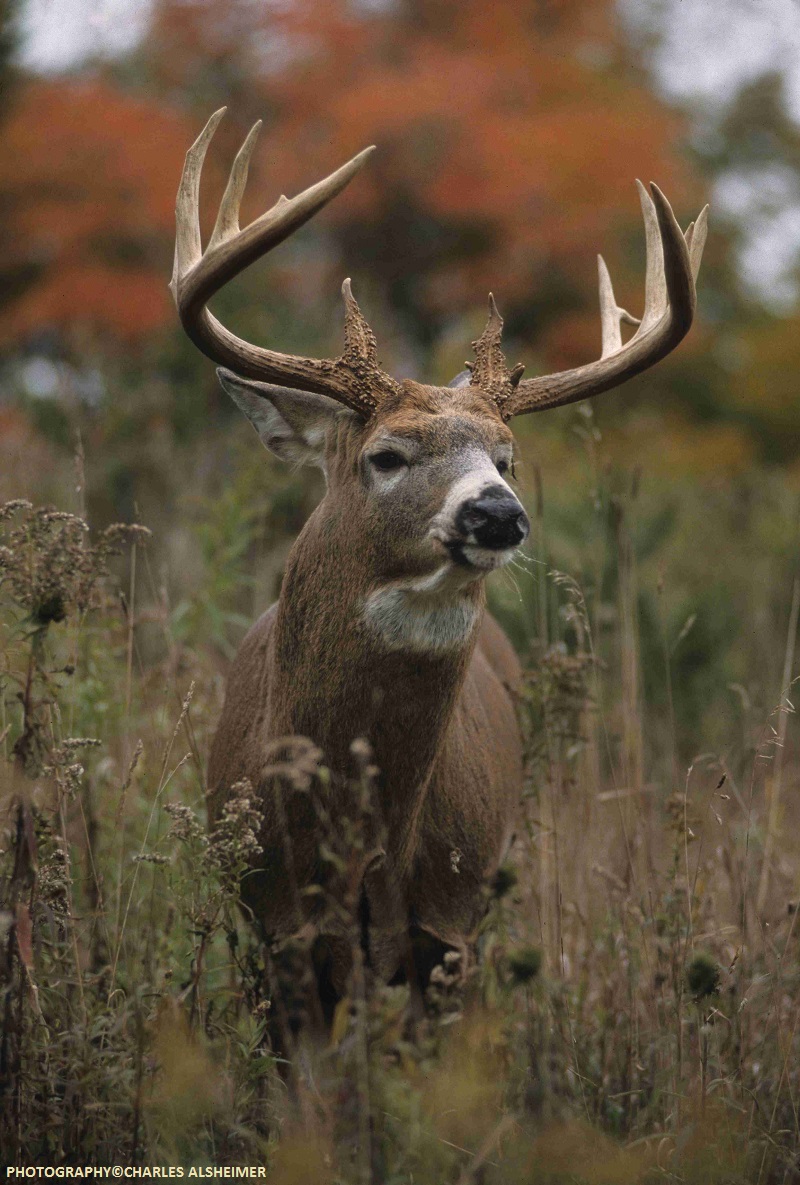
Wrap Up
It should be noted that there are no cookie cutter bucks, each is distinctly different. Some grow antlers that are narrow and tall, while others have drop tines and wide inside spreads. No two have ever been identical, which adds to the whitetail’s uniqueness. Also, the rate at which a buck’s antlers grow is dependent on a number of factors such as genetics, health, age, stress, soil quality and the overall quality of habitat, both natural and agricultural.
Compared to the photos, where are your bucks at?





